$10.00 Original price was: $10.00.$7.30Current price is: $7.30.
- Safe Transactions, Happy Customers
- Quality at its Finest
- Elevate Your Shopping Experience
- Experience Quality, Shop with Us

This sailing oilskin revisited in a waterproof, breathable and soft fabric will protect you from bad weather for inshore sailing and every day.
occasional inshore sailors. 3 to 4 half-days of sailing per year in moderate rain.
WATERPROOFING
– Coated fabric
– >4,000 mm of water pressure.
– Fully taped seams.
– 2-way adjustable hood.
– Sleeve cuffs adjustable by hook and loop fastener strips.
– Central opening features an internal flap with a drainage channel for optimal waterproofing.
– Tested under a simulated moderate rain shower (100 L/hr/sqm) for 3 hours.
BREATHABILITY
RET <12: very breathable.
To find out whether a fabric is breathable, we measure its evaporative resistance, or RET, (test based on the ISO 11092 standard). It is its ability to allow the water vapor produced by the body during exercise to escape.
COMFORT
– 2-way adjustable hood.
RESISTANCE TO WEAR
– Injected plastic central zipper resistant to salt oxidation.
HOW TO REACTIVATE THE JACKET’S WATER-REPELLENCY
step 1: before washing
Close all zippers and flaps and remove any parts of the garment that cannot be washed. Also remember to loosen the straps and elastic parts and empty the pockets.
Then turn the garment inside out to wash it.
HOW TO REACTIVATE THE JACKET’S WATER-REPELLENCY
step 2: washing
You can wash your jacket on a synthetic cycle at 86°F or 104°F with your usual detergent. Do not use fabric softener, which could damage the existing performance of the garment, or bleach.
Also take care not to bend your jacket too much when you place it in the washing machine and do not overload your machine.
Very important: select a thorough rinse or double rinse to completely remove all detergent residue.
HOW TO REACTIVATE THE JACKET’S WATER-REPELLENCY
step 3: drying
Drying is a crucial phase in reactivating the water-repellent treatment.
We recommend that you lay your jacket flat on a clothes rack and leave it out to dry in the open. Caution: never dry your jacket directly on a radiator.
Then place it in the tumble dryer on a short synthetics cycle, i.e. 10 to 15 minutes, before turning it back the right way around. Caution: do not overdry the garment.
HOW TO REACTIVATE THE JACKET’S WATER-REPELLENCY
If, despite this procedure of washing and thorough rinsing followed by gentle drying in a tumble dryer, the drops of water no longer run off the surface of your jacket, we recommend that you “re-waterproof” it using a waterproofing spray.
Score to compare the environmental impact of products
The environmental impact of the product is calculated over its entire lifecycle and with different indicators.
An overall score (ABCDE) is attributed to help you easily identify the products with the best environmental performance by comparing products of the same type with one another (T-shirts, pants, backpacks, etc.).
Decathlon chose to apply this voluntary environmental labeling system.
For more information, visit: http://sustainability.decathlon.com/
Composition
Main fabric : 100.0% Polyamide
Yoke : 100.0% Polyamide
Main lining : 100.0% Polyamide
Secondary lining : 100.0% Polyester cationic
Care Instructions
Machine wash your Men’s Raincoastal waterproof oilskin at 86°F. Turn inside out and fasten the velcro. Choose a long rinse and gentle spin cycle. Line dry if possible. Occasionally tumble drying on low with a short cycle will also improve the water repellency. To reactivate the water-repellent treatment, you can also warm iron the fabric at a maximum temperature of 285°F or apply the Tribord re-waterproofing spray.
Waterproof : 3 h under stormy rain (2000 mm after 5 washes). Fully taped seams.
Salt water resistant : Injected plastic zipper.
Breathability : Very breathable coating (RET<12)
Pockets : 3 secure pockets. (2 outer, 1 inner)
Windproof : The fabric’s membrane cuts the windchill effect.
Environmental impact : Life cycle comparison: Men’s waterproof jacket – sustainability.decathlon.com
| Color | Midnight Blue, Snowy White |
|---|---|
| Size | S, M, L, XL, 2XL, 3XL |
Be the first to review “Hot Sale 🎉 Tribord Men’s Sailing Oilskin 100 ❤️” Cancel reply
Related products
Snorkeling & Scubadiving
Buy 🔥 Subea Olaian 100 Water 👟 Shoes Babies’ Snorkeling & Scubadiving ⌛




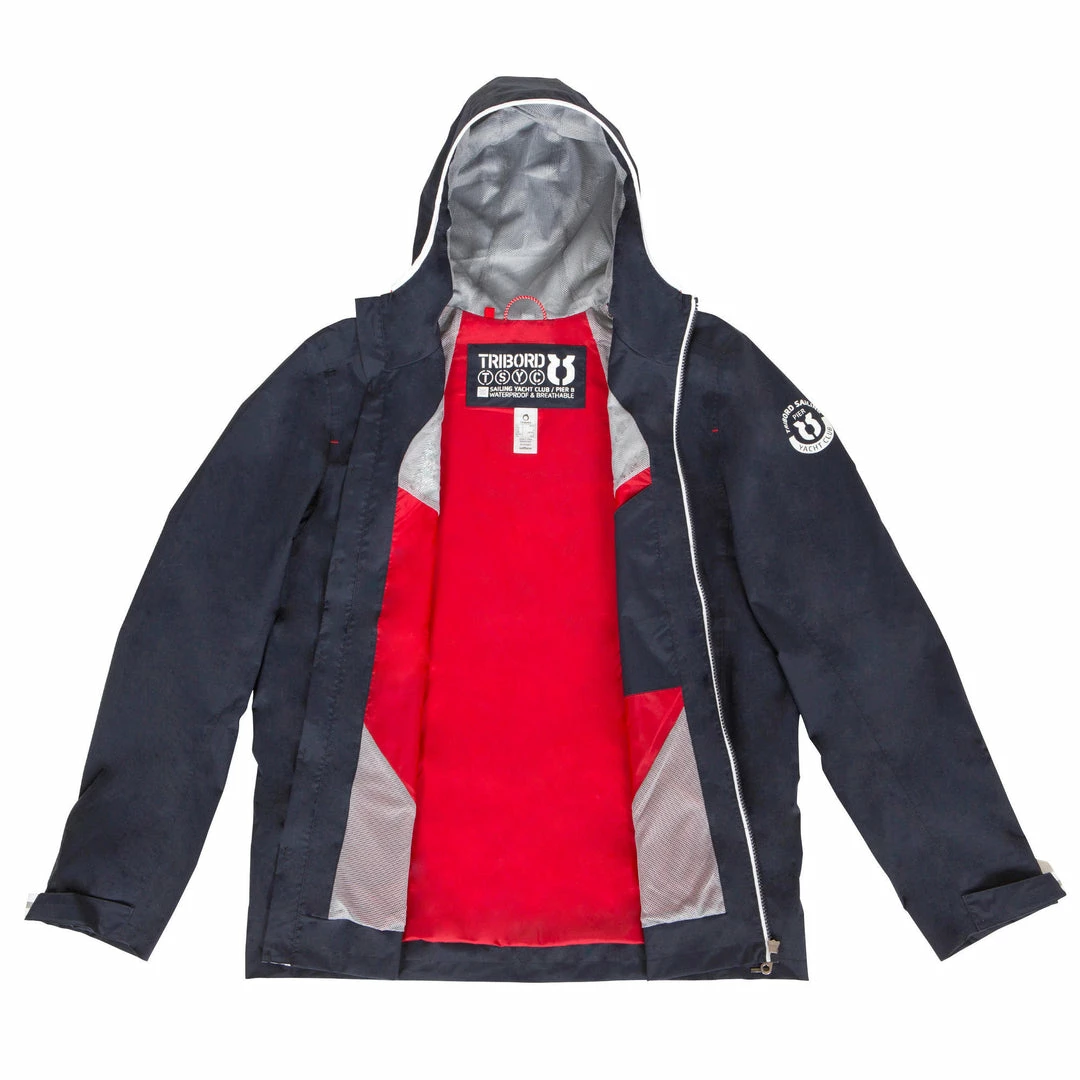

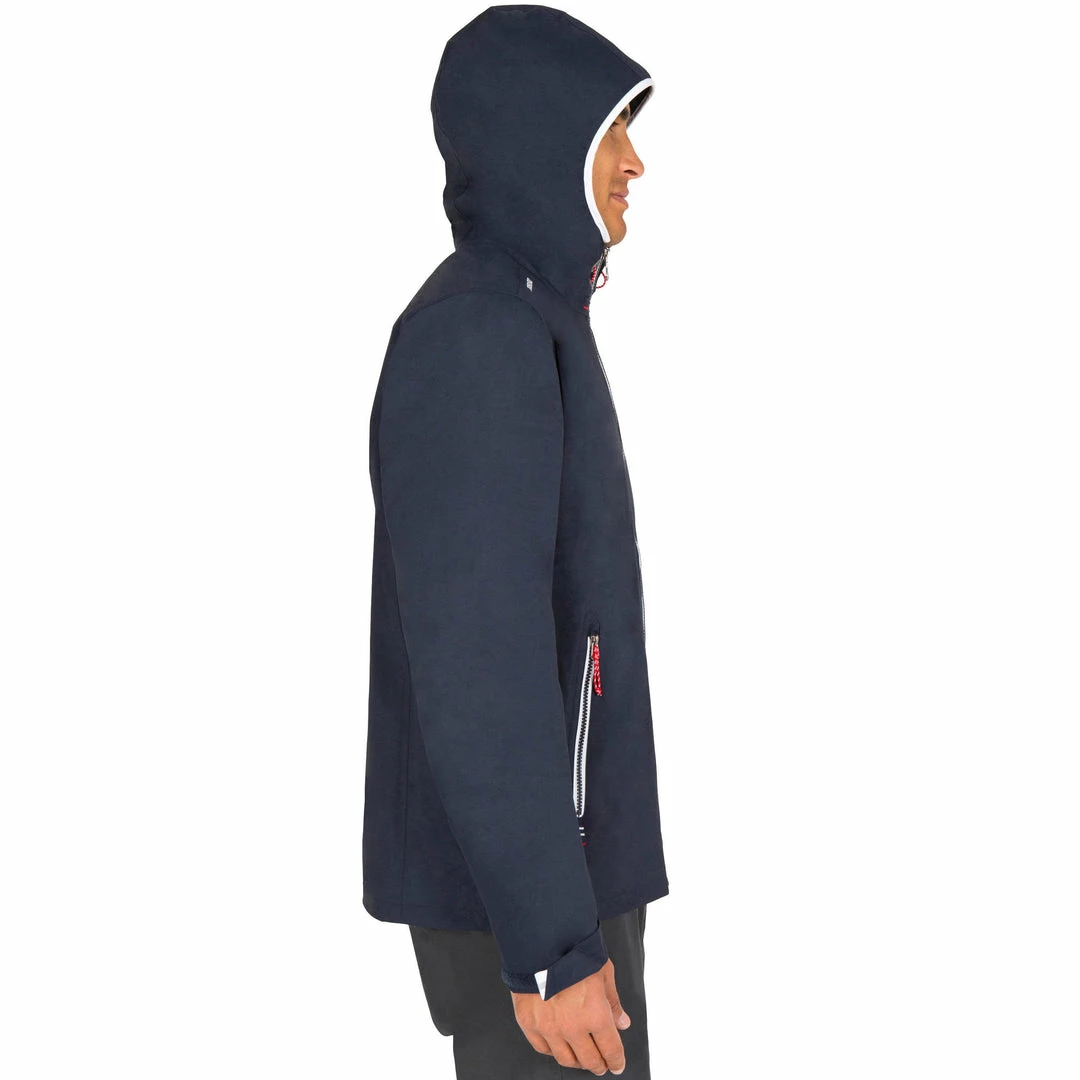
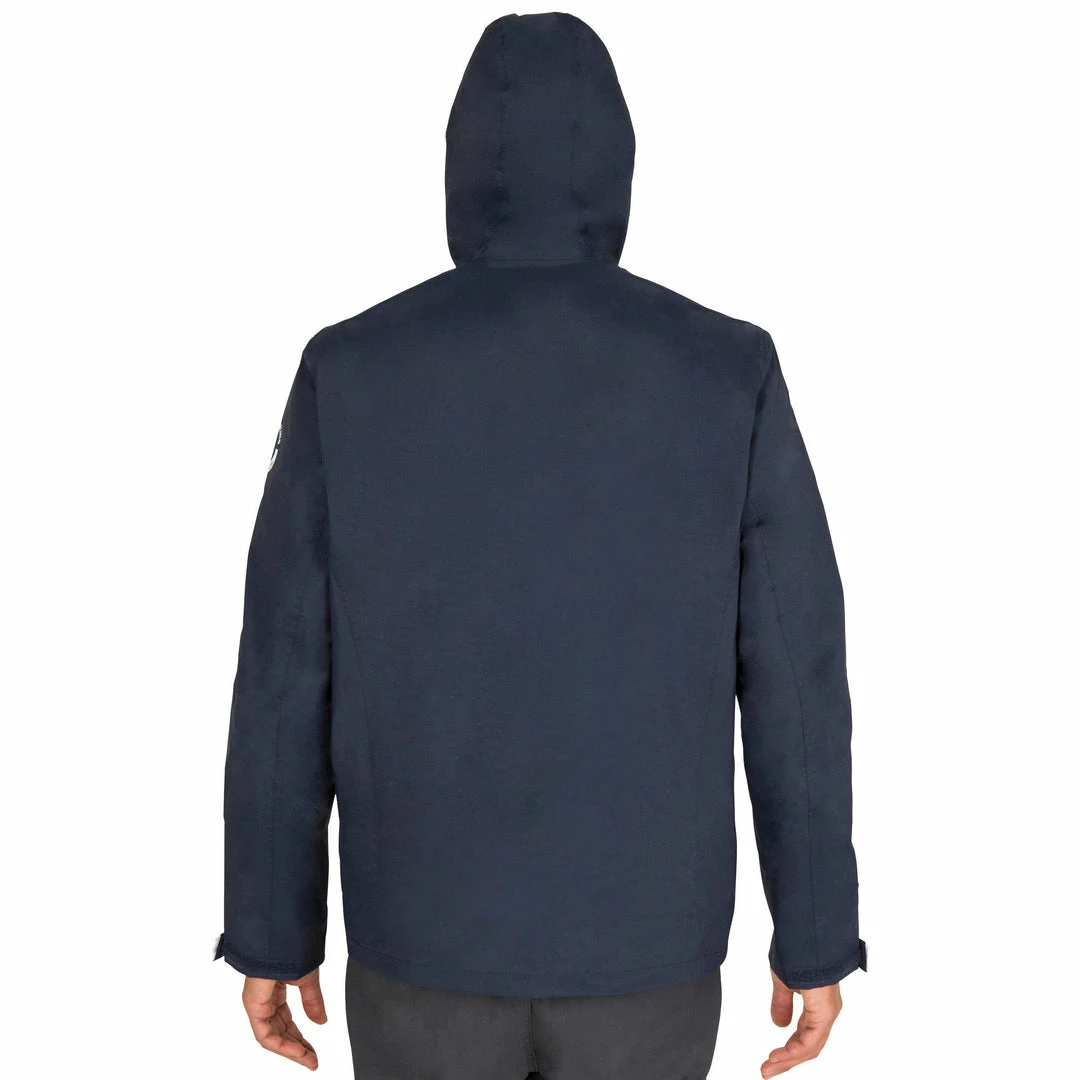
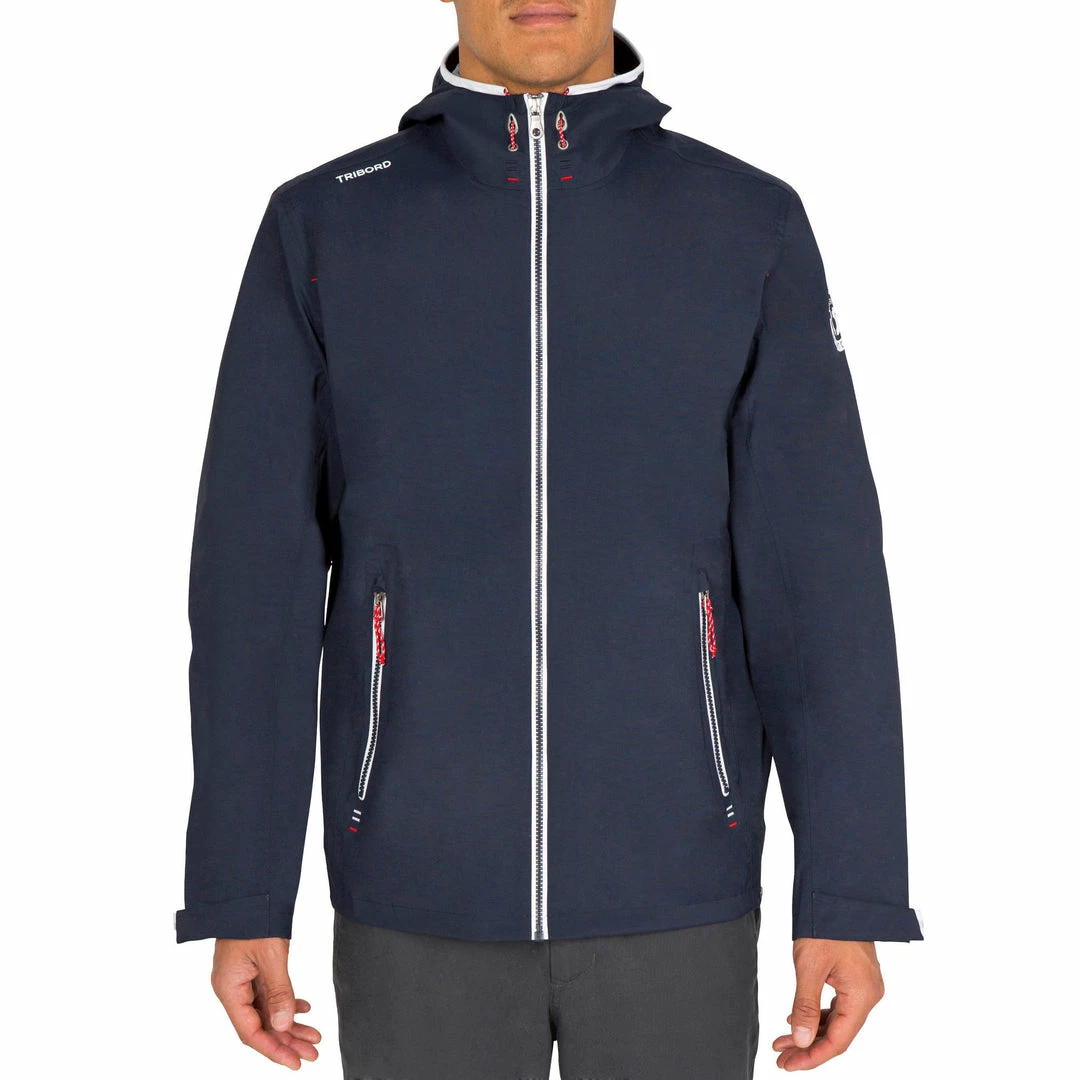

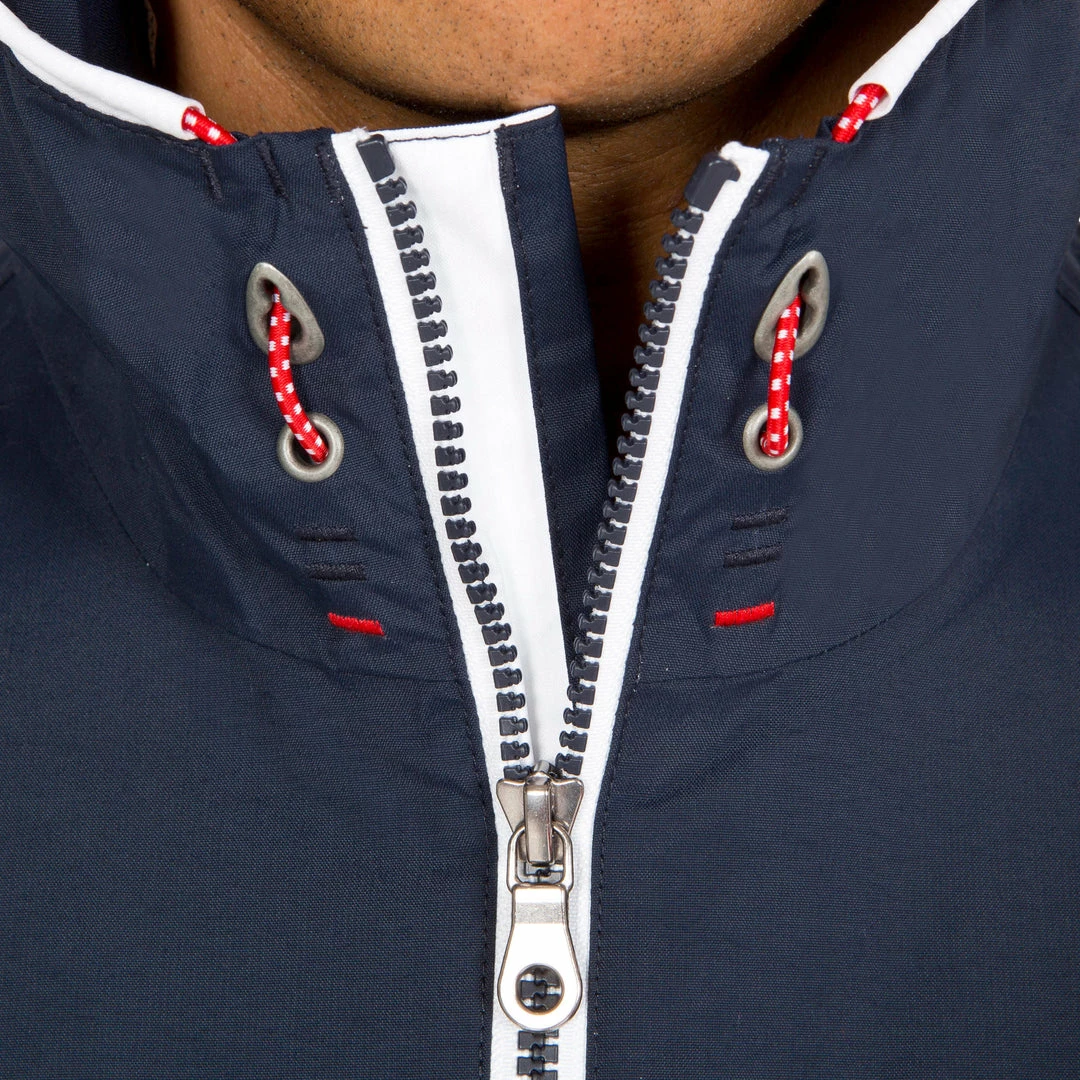


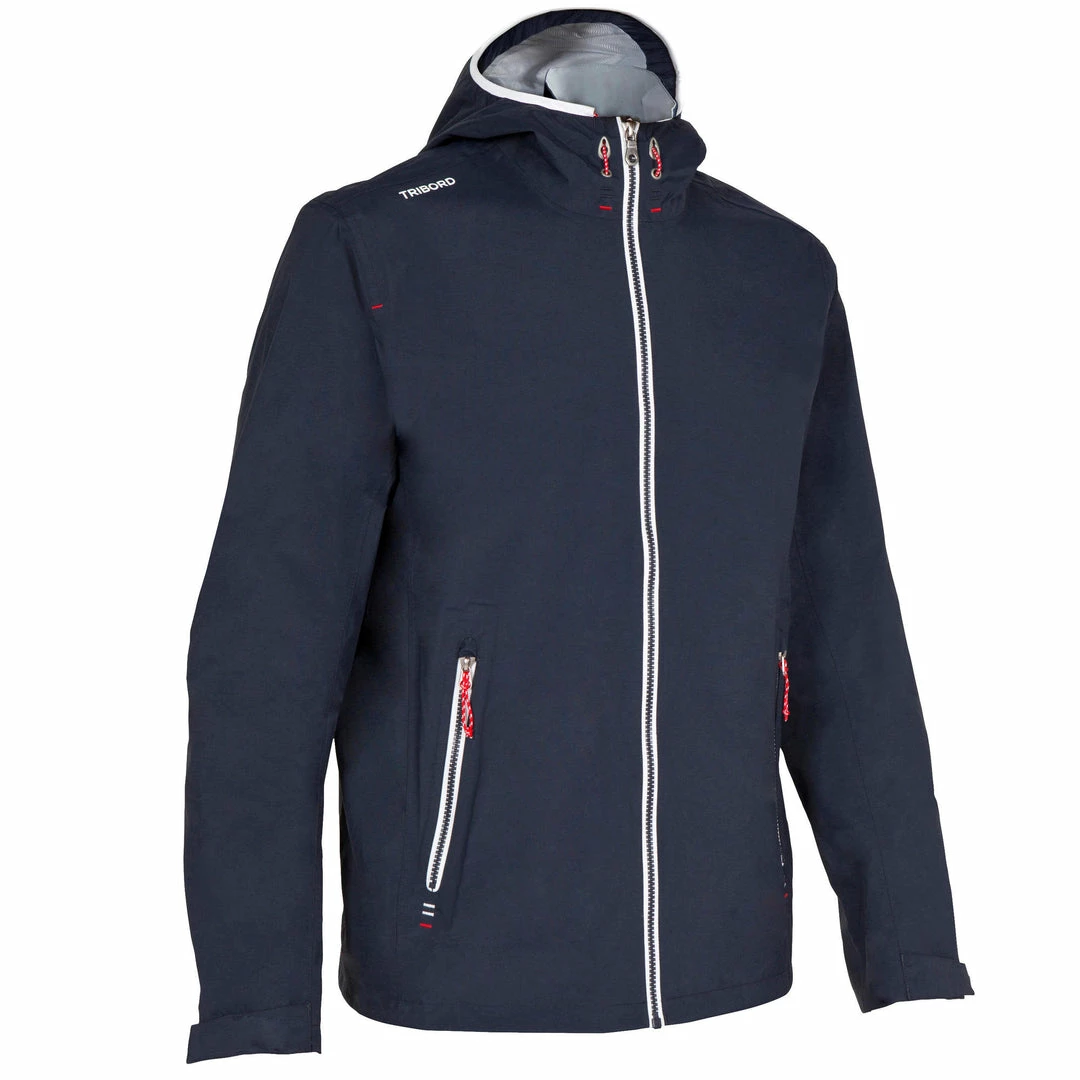
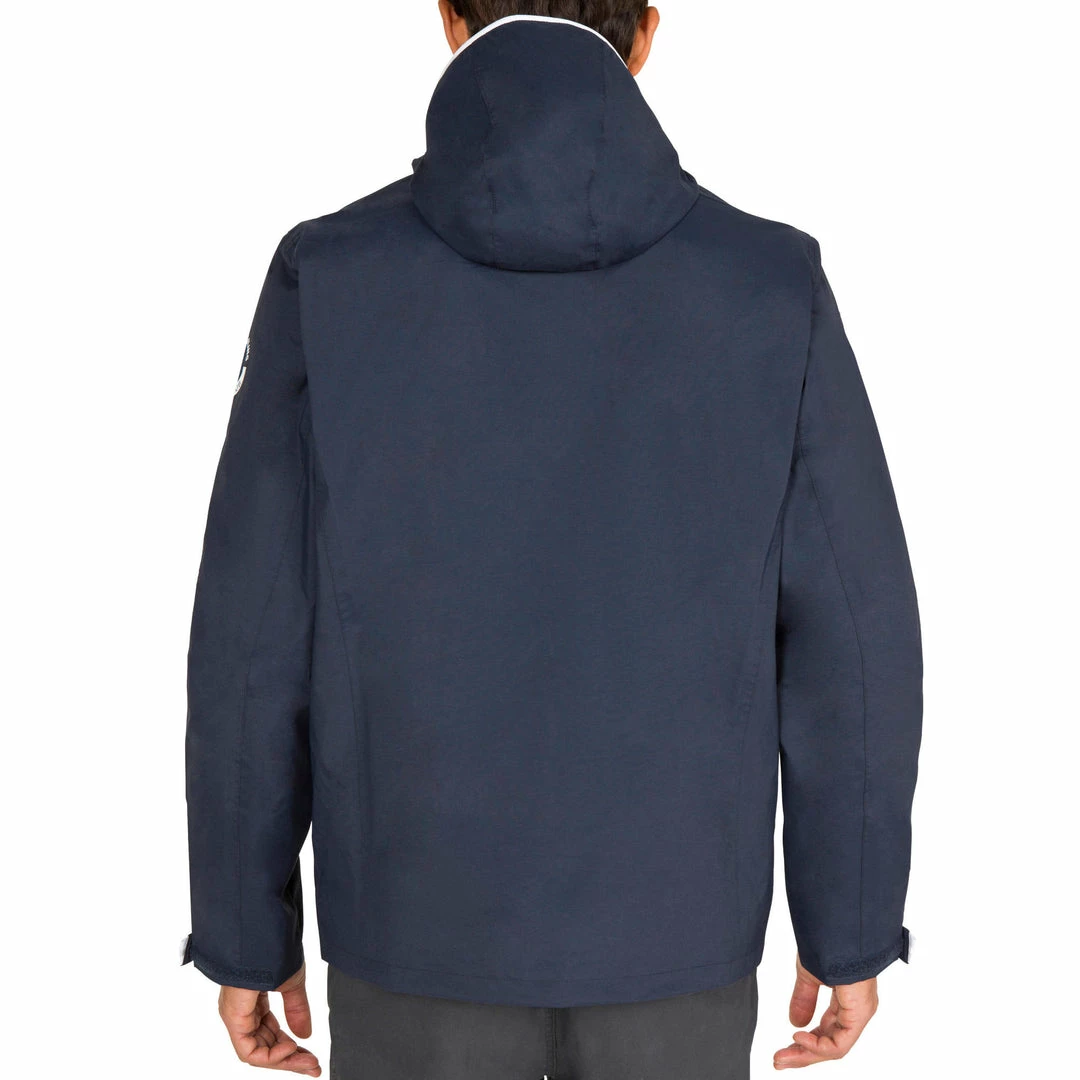


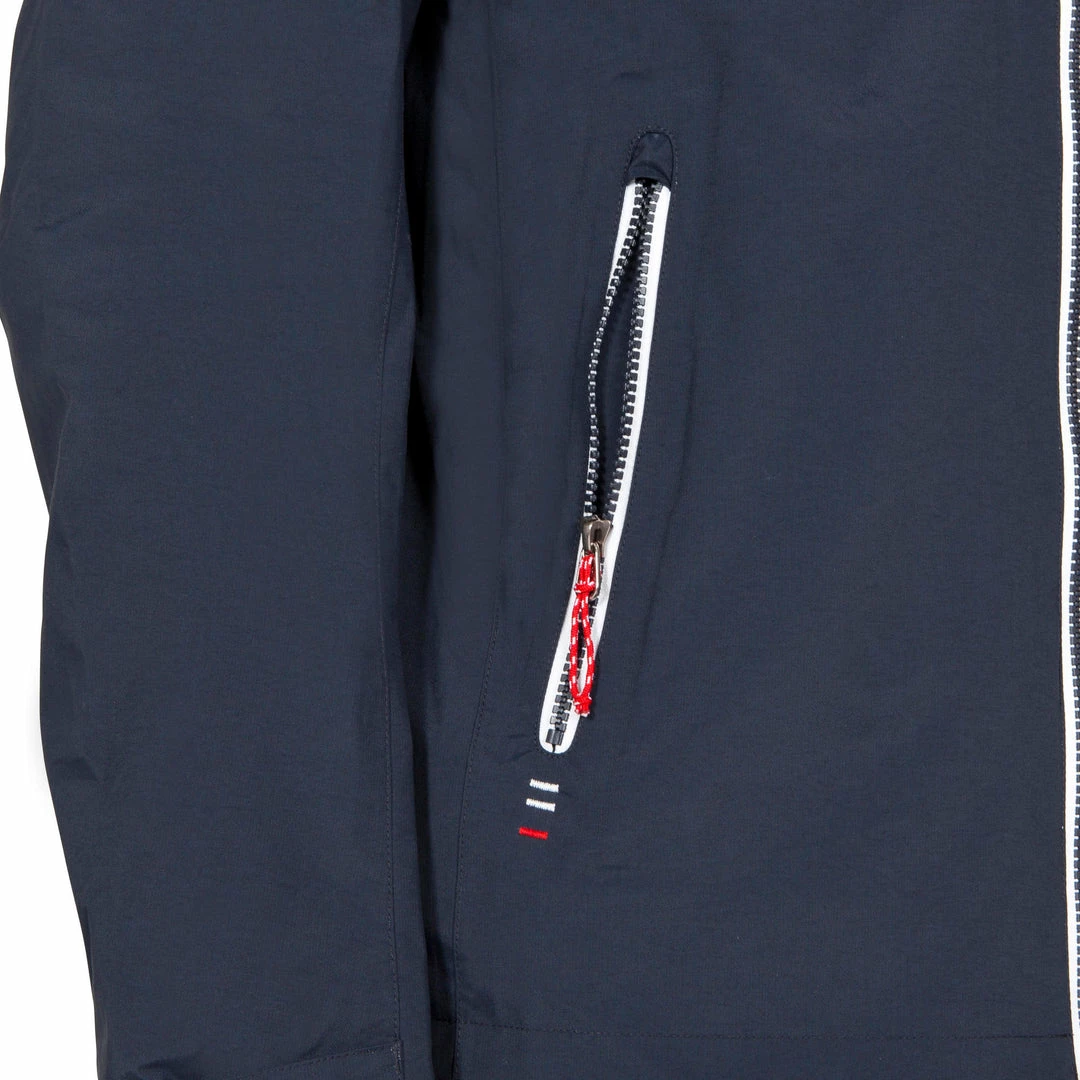

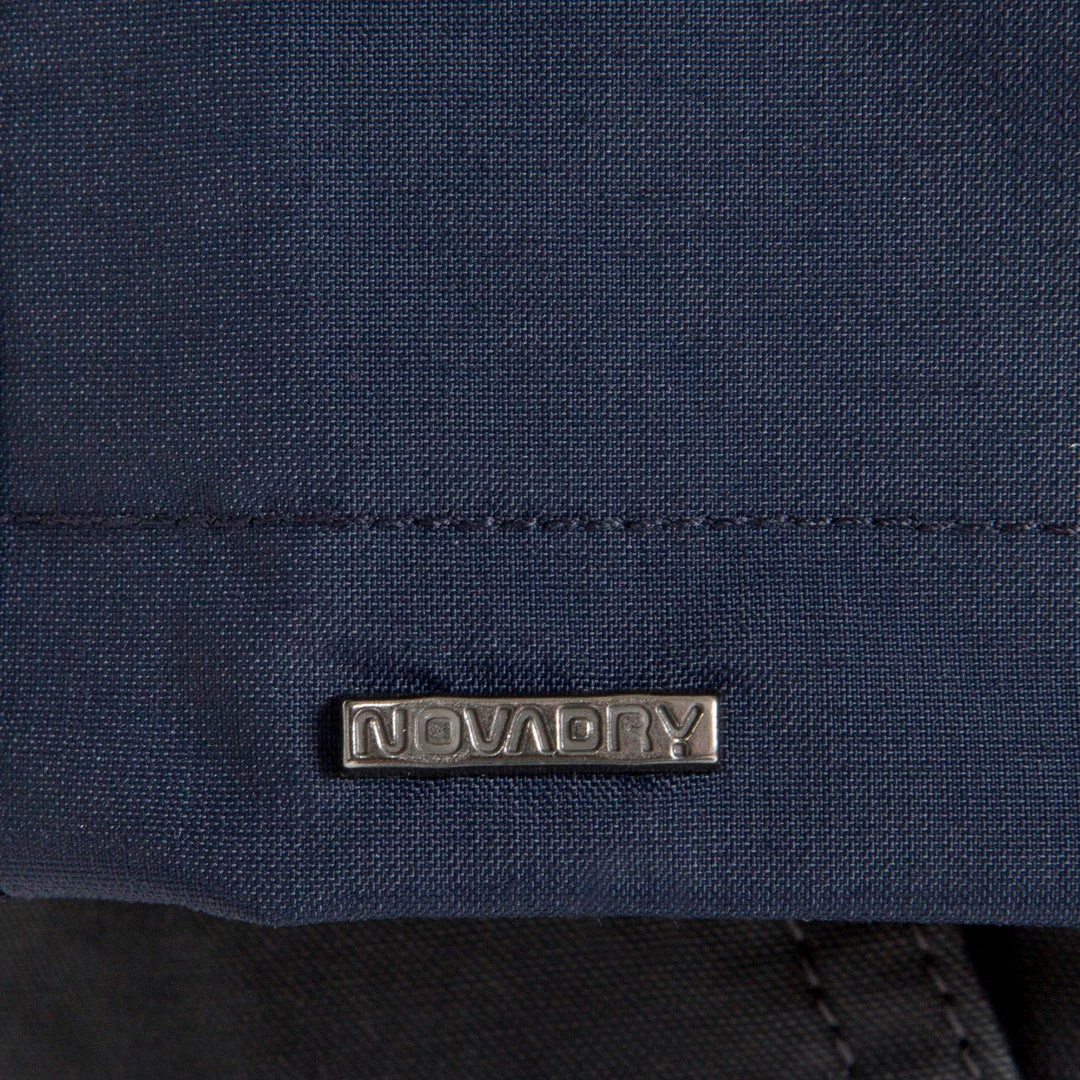













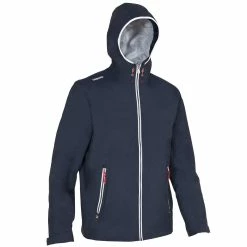
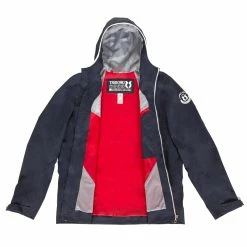
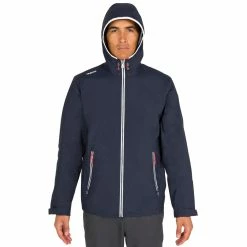
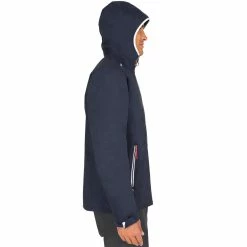


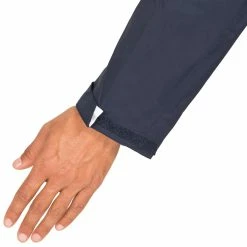

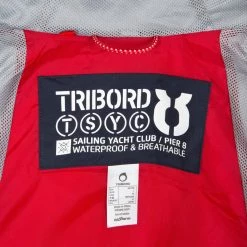

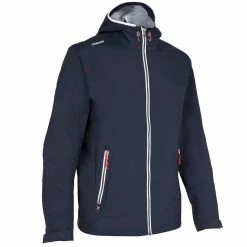
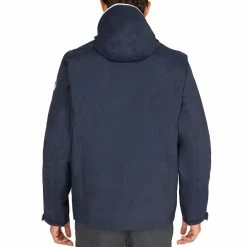


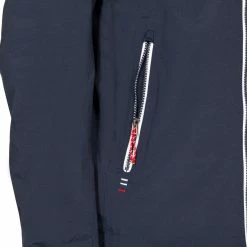















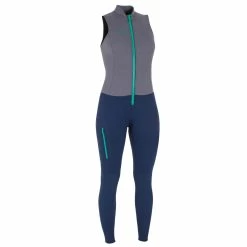

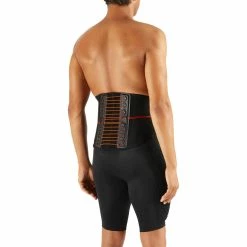
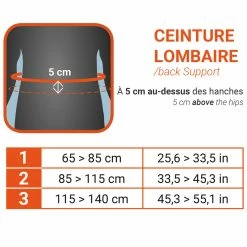

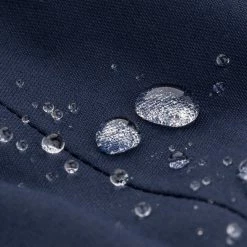
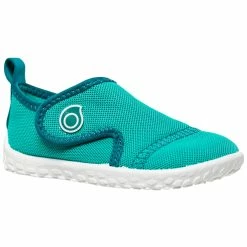


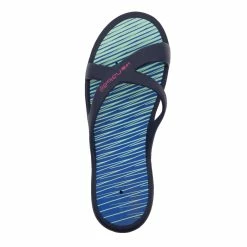
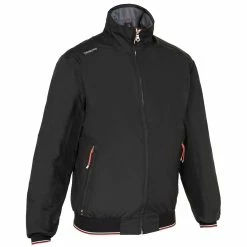

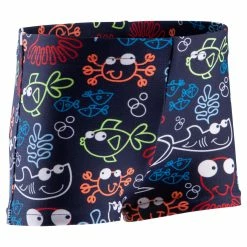
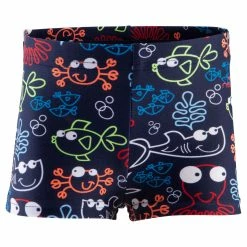
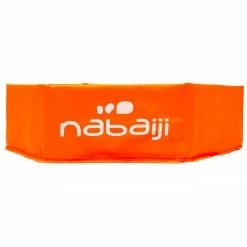

Reviews
There are no reviews yet.